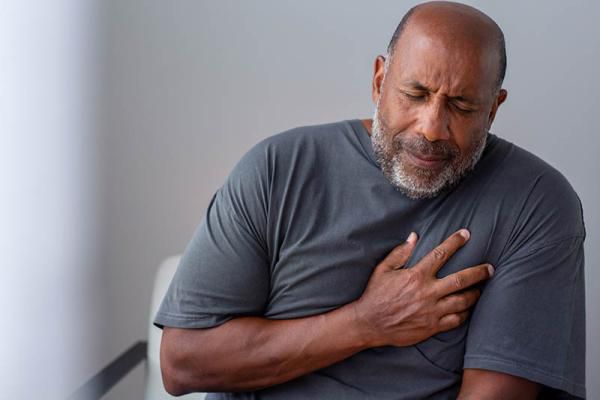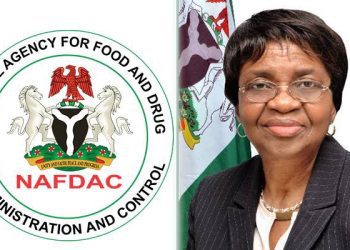When most people think of a heart attack, they imagine sudden, intense chest pain. But in reality, a heart attack can feel very different for each person and in some cases, it may not cause pain at all.
A heart attack medically known as a myocardial infarction happens when blood flow to the heart is blocked, causing damage to the heart muscle. Understanding how it feels and recognizing the signs early can save your life.
Is a Heart Attack Always Painful?
Not necessarily. The pain (or lack of it) during a heart attack varies from person to person. Here’s how it may present:
- Severe Chest Pain: Many describe it as a crushing, squeezing, or heavy feeling in the chest that radiates to the left arm, neck, jaw, back, or upper stomach.
- Mild Discomfort: For some, it mimics symptoms of indigestion or pressure without sharp pain.
- Silent Heart Attack: Common among women, older adults, and diabetics, silent heart attacks occur with little to no pain, making them especially dangerous as they often go unnoticed and untreated.

What Does a Heart Attack Feel Like?
In Men:
- Classic symptoms include a tight, crushing pain in the chest, described like “an elephant sitting on the chest.”
- Pain may radiate to the left arm, neck, jaw, or back.
In Women:
- Women often experience non-classical symptoms, including:
- Tightness or discomfort rather than sharp pain
- Jaw pain
- Nausea or vomiting
- Shortness of breath
- Extreme fatigue
- Discomfort in the upper back or shoulders
Other Common Signs of a Heart Attack
Even without chest pain, these symptoms are red flags:
- Sudden shortness of breath
- Cold sweats or clamminess
- Lightheadedness or dizziness
- Pain in the arms, neck, back, or stomach
- Nausea, vomiting
- Unexplained fatigue
If these symptoms appear in combination, seek emergency help immediately.

What Causes a Heart Attack?
The primary cause of most heart attacks is coronary artery disease (CAD) when fatty deposits (plaque) build up in the heart’s arteries. When a plaque ruptures, a blood clot can form and block the flow of blood.
Other potential causes include:
- Coronary artery spasms
- Blood clots (embolisms)
- Traumatic injury to coronary arteries
- Congenital heart defects
- Severely low oxygen or blood pressure levels
Major Risk Factors
You’re at a higher risk of a heart attack if you fall into one or more of the following categories:
- Age & Gender: Men over 45, women over 50 (especially post-menopause)
- Genetics: Family history of heart disease
- Lifestyle: Smoking, sedentary habits, unhealthy diet, alcohol abuse
- Medical Conditions: High blood pressure, high cholesterol, diabetes, obesity, eating disorders
What to Do If You’re Having a Heart Attack
Time is critical. Take the following steps immediately:
- Call Emergency Services: Dial your local emergency number (e.g., 112 or 911).
- Chew an Aspirin: Helps thin your blood and may slow clot formation. Chew it—don’t swallow whole.
- Stay Calm & Still: Sit or lie in a comfortable position. If dizzy, lie on your left side with knees bent.
- Unlock Your Door: If alone, this allows medical help or neighbors to reach you if you lose consciousness.
How to Survive a Heart Attack Alone
Being alone during a heart attack can be terrifying but what you do next matters:
Do This:
- Call for help
- Take aspirin
- Stay still and calm
Avoid Doing This:
- Don’t try “cough CPR” it’s a myth and can be harmful
- Don’t apply pressure to your chest
- Don’t drive yourself to the hospital
Recognizing the Signs Could Save a Life
Is a heart attack painful? Sometimes. But it isn’t always. Some heart attacks cause intense chest pain, while others feel like mild discomfort or no pain at all.
Don’t wait for pain to take action. If something feels off, especially if you have risk factors, treat it as an emergency. It’s always better to overreact than to miss the signs of a potentially fatal event.
































